While Best Execution obligations are not new, there have been important changes since its introduction in MiFID I in 2007. With the launch of MiFID II in 2018, there was a change from reasonable to sufficient steps that should be taken by investment firms to ensure that they obtain the best possible result for clients when executing orders. This change has set a higher bar for compliance.
Moreover, MiFID II requires that investment firms monitor the effectiveness of their order execution arrangements and execution policy to identify and, where appropriate, correct any deficiencies. Additionally, firms must be able to demonstrate to their clients that they have executed their orders in accordance with the investment firm’s execution policy and demonstrate their regulatory compliance to competent authorities.
Implications for Relevant Firms
To ensure Best Execution compliance, firms should conduct monitoring to establish whether their execution of transactions delivers the best possible result for the client. This has to take into account factors like:
- Price
- Cost
- Speed
- Likelihood of execution
- Settlement, size and nature
- Any other consideration relevant to the execution of an order
Weighting of these factors should be dependent on the client’s categorization (i.e. retail, professional etc.)
Monitoring can be performed either with manual checks using spreadsheets or by using regulatory technology solutions from providers who specialize on regulatory compliance.
Why use RegTech?
Avoid human errors.
Manual monitoring is not always accurate due to human error; hence it is less reliable. Automated testing performed by software uses algorithms, which ensures accuracy and consistency.
Save time and resources.
Monitoring Best Execution manually is time consuming and may not be an efficient use of a compliance team’s abilities. Using an automated solution can speed up the monitoring process, consequently saving time and work hours and giving compliance staff increased time to spend on more complex tasks which need a ‘human touch’.
Frequent and continuous monitoring.
Manual monitoring is only practical for tests run periodically, where frequent repetition is not required. Automated testing is the most practical option when tests need to be frequent and continuous (as is the regulatory obligation under MiFID II.)
Monitor all activity.
An automated solution will facilitate the monitoring of all company activity with capabilities, storage availability, and timeless calculations not feasible when using spreadsheets. Additionally, it can offer considerably more checks than would be feasible for staff conducting manual best execution monitoring.
Avoid inadequate or insufficient sampling.
Inadequate or insufficient sampling can lead to poor monitoring not aligned with the regulator’s expectations. By automating your monitoring, you avoid the risk of sampling transactions you need to monitor, where many conditions need to be met.
Track statistics, metrics, and benchmarks.
The right regulatory technology will allow compliance teams to obtain and present monitoring results, statistics, and metrics that can be used to identify areas for improvement and give a ‘big picture’ view of your execution quality. In addition, this can lead to the creation and use of benchmarks to compare your best execution quality to either external verifiable sources or an industry average. This is much more difficult to facilitate through only manual monitoring.
Improved record keeping capabilities.
Using Best Execution software can allow compliance teams to store all tests, transactions, statistics, comparisons, and any deficiencies identified for future use, either for providing the regulator with proof of monitoring or for record keeping purposes.
Effective complaints investigations.
Monitoring software makes it easier to find and investigate specific transactions in the event of a complaint about a firm’s Best Execution practices. The extensive detail and record-keeping capacity of regulatory technology can lead to better-informed complaint handling and improved records of any investigations for future reference or inspection.
How can MAP FinTech assist?
ΜΑΡ FinTech offers a fully automated tool for Best Execution Monitoring. The platform not only satisfies the requirements of financial regulators and MIFID II, but also offers a holistic view of your Best Execution provisions with more than 40 analytical checks applied on all execution components (price, cost, speed, likelihood and settlement, size, price continuity or any other consideration relevant to the order’s execution).
Checks include number of orders, percentages, volumes, monetary values, types of orders, types of costs, and benchmarks such as average industry speed, quote delay tolerance, application of charges and more. In addition, the system offers the ability to view complex analytics, input comments, record monitoring and corrective measures, set alerts, and export reports for record-keeping, business and proof of compliance purposes.
